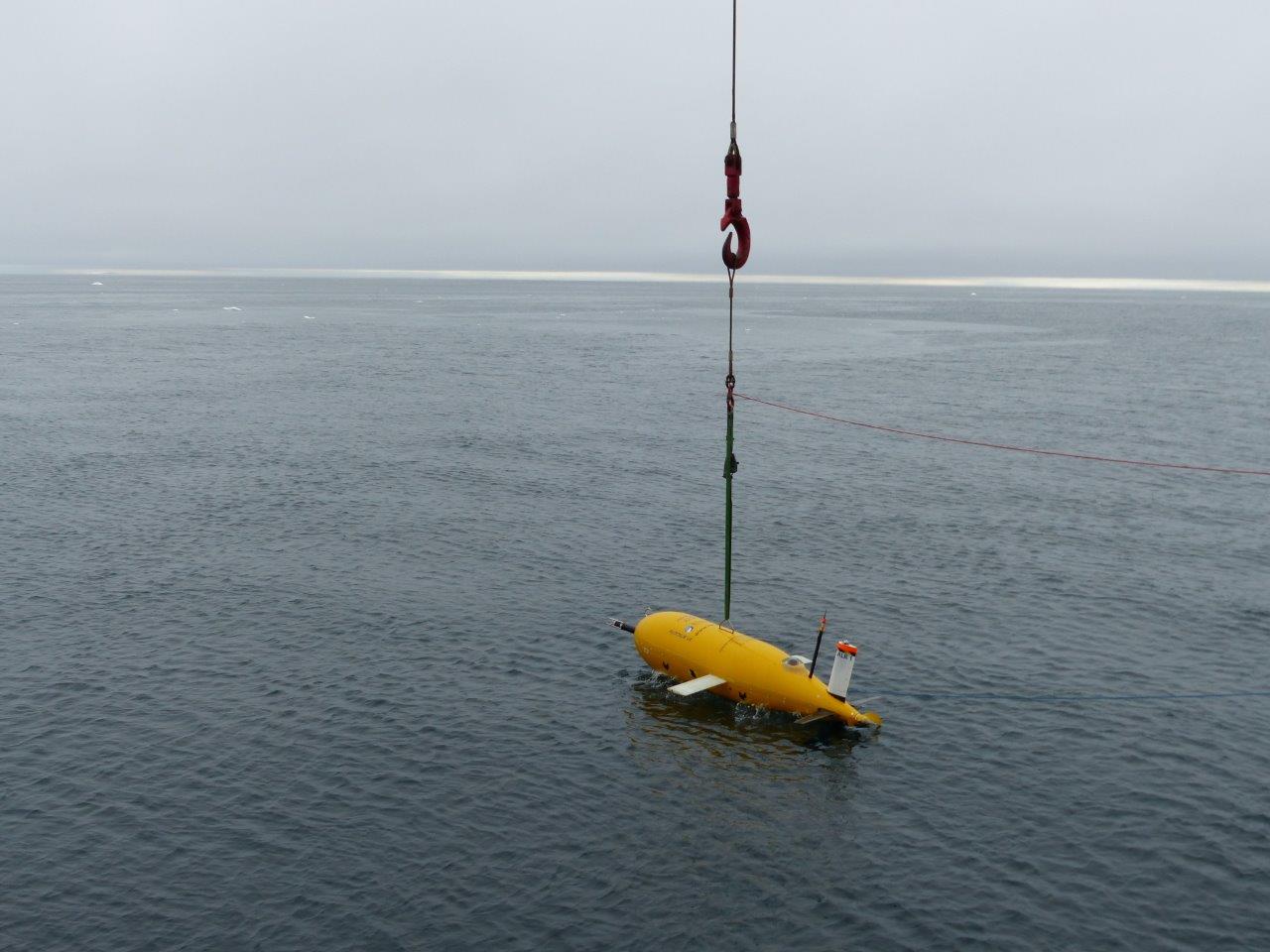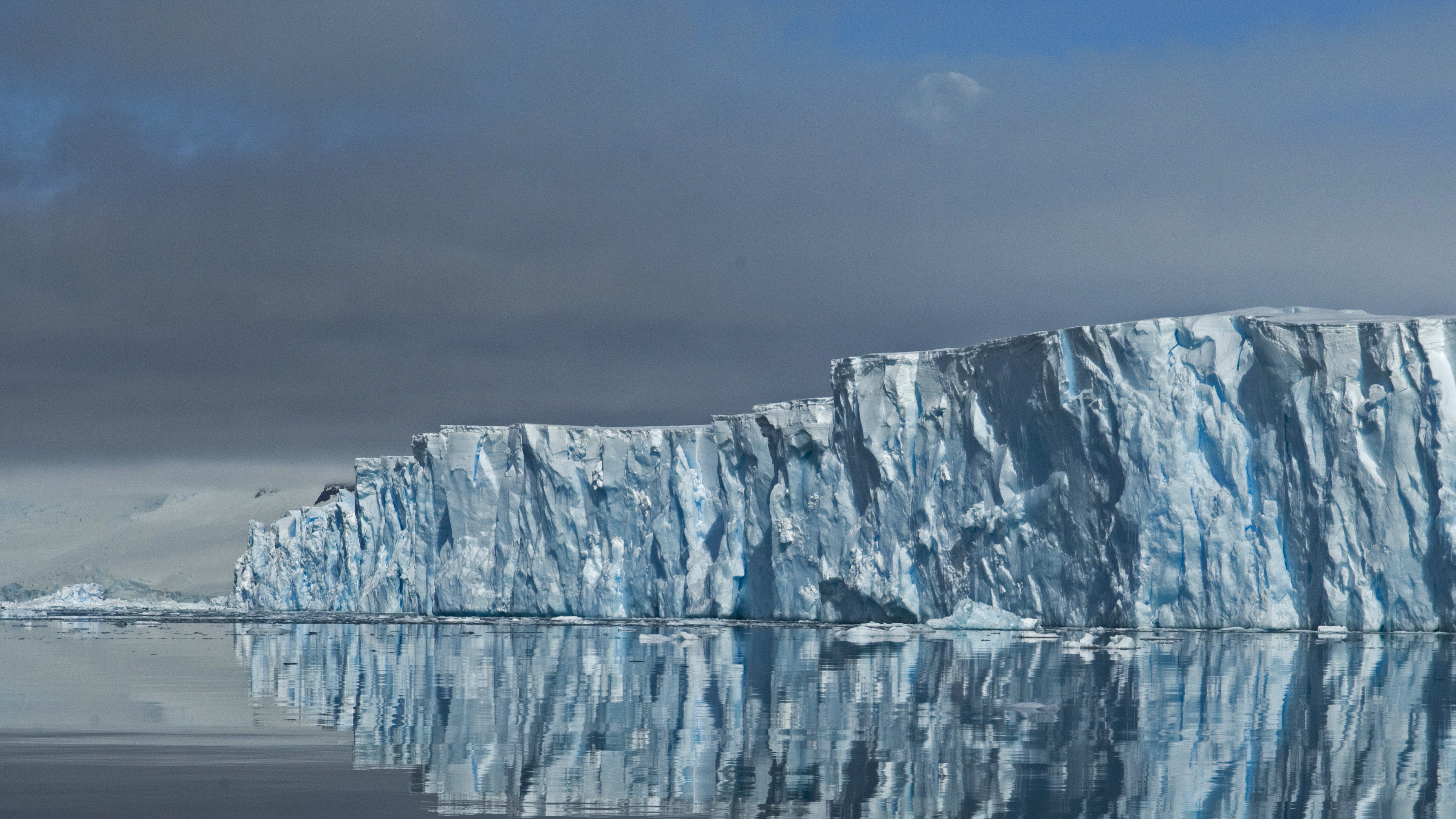Boaty McBoatface craft to explore further beneath ‘Doomsday glacier’ than ever before
Glacier the size of the UK contains enough water to raise global sea levels by 65cm

Your support helps us to tell the story
From reproductive rights to climate change to Big Tech, The Independent is on the ground when the story is developing. Whether it's investigating the financials of Elon Musk's pro-Trump PAC or producing our latest documentary, 'The A Word', which shines a light on the American women fighting for reproductive rights, we know how important it is to parse out the facts from the messaging.
At such a critical moment in US history, we need reporters on the ground. Your donation allows us to keep sending journalists to speak to both sides of the story.
The Independent is trusted by Americans across the entire political spectrum. And unlike many other quality news outlets, we choose not to lock Americans out of our reporting and analysis with paywalls. We believe quality journalism should be available to everyone, paid for by those who can afford it.
Your support makes all the difference.Antarctica’s enormous Thwaites glacier, AKA the "Doomsday glacier", is the size of Britain, but is becoming increasingly unstable and poses a major risk to millions of people living on coastlines around the world.
Thwaites contains enough water to directly raise sea levels by 65cm if it collapses, but there are fears it could also spark a chain reaction leading to even greater sea level rises of several metres.
Now, a new research mission has been launched using a fleet of underwater robots, to further investigate the melting ice sheet which is – for now – holding the glacier back.
Launching on the 100th anniversary of the polar explorer Sir Ernest Shackleton’s death, a team of 32 scientists from around the world has set sail on the US National Science Foundation icebreaker the Nathaniel B Palmer bound for the remote glacier in West Antarctica.
The $50m (£36m) joint US-UK expedition aims to help us better understand the glacier’s past and what the future in a warming world may hold.
It is known that the 74,000 square mile glacier is particularly susceptible to climate and ocean changes.
Recent research using computer models shows that over the coming decades the entire glacier could lose ice rapidly.
The 80-mile-wide river of ice remains tentatively held in place by a floating ice shelf, which makes it flow less quickly.
But recent findings show the ice shelf is becoming rapidly destabilised. Parts of the shelf have cracks criss-crossing its surface, and it could collapse within 10 years, according to Erin Pettit, a glaciologist at Oregon State University.
Already, ice draining from Thwaites into the Amundsen Sea accounts for about four percent of global sea-level rise.
The 65-day voyage, led by scientists from the University of East Anglia (UEA), along with researchers and engineers from Sweden and the US, will investigate atmospheric and oceanic conditions close to Thwaites ice shelf, the British Antarctic Survey said.
One of the submersible crafts used to examine the condition of the ice shelf is Boaty McBoatface, the state-of-the-art Autosub Long Range vehicle operated by the National Oceanography Centre, which is normally carried on the RRS Sir David Attenborough.

Along with another Swedish craft, Boaty McBoatface will travel under the ice shelf while six more ocean gliders patrol the entrances and exits to the ice shelf cavity.
The fleet will explore largely uncharted territory, to measure geometry and melting processes, the seafloor below, the ice thickness above and water properties in between.
Professor Karen Heywood, from UEA who is the UK’s lead on the project, said: “This is a massively ambitious mission that we have been planning for several years. We will deploy two big underwater robots underneath the ice to collect detailed data from this crucial area of the glacier that will enable us to understand what will happen in the future.
“By measuring the ocean properties in sub-ice shelf cavities, we can understand how the ocean transports heat and what impact this may have on the glacier.
"I and my team back at UEA are going to be remotely piloting the six ocean gliders, smaller robots, once the scientists on board launch them into the water.”
Alongside the robot teams, scientists from University of St Andrews will tag seals to acquire ocean temperature and saltiness data around the ice shelf for the next nine months over the Antarctic winter, and another team of researchers working will collect sediment cores and survey the seabed.
At the same time, researchers working on another partnered project will measure chemical properties of the seawater, including minute quantities of iron that are the foundation of the Antarctic marine ecosystem.

Dr Rob Hall, from UEA, is the chief scientist in charge of the voyage. He said: “It’s very exciting, though also daunting, to be leading this campaign to make critical measurements of the ocean under and around this vulnerable ice shelf.
"The team have completed a month of quarantine to ensure everyone is safe, and now we’re looking forward to putting our wide range of scientific instruments into the water to see what we will learn about how the ocean melts the ice shelf from below.
"We’re already monitoring the sea ice extent carefully to devise the best way to access the area, because even this powerful icebreaker ship can’t get through thick sea ice.”
Professor Anna Wåhlin from the University of Gothenburg will work with the robots to collect samples of water for analysis and map the remote seabed with "unprecedented accuracy".
"An ice shelf cavity is like another planet," she said. "We just don’t know what we’re going to find when we explore it.”
Join our commenting forum
Join thought-provoking conversations, follow other Independent readers and see their replies
Comments